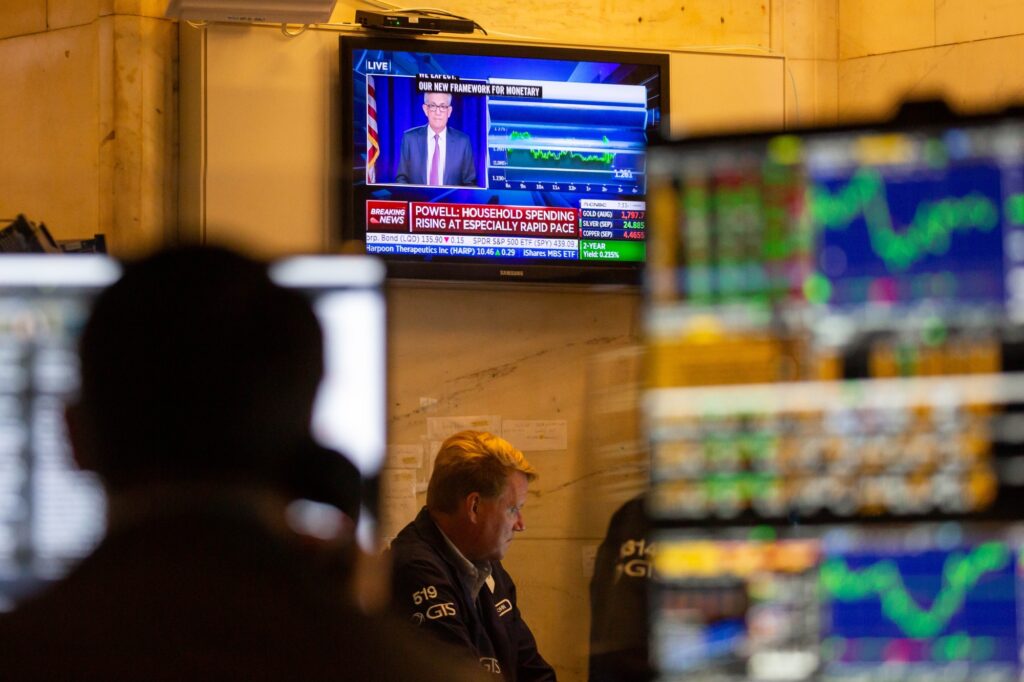Bonds Go Bonkers as the US Government Now Pays More Than Vietnam or Morocco to Borrow

Global debt markets are the system that moves big money between big borrowers and lenders — from governments and central banks to companies and financial institutions.
To give you a sense of its size and importance, cumulative global debt stood at $235 trillion at the end of 2022, according to the International Monetary Fund. That’s almost 10 times the size of the entire US economy.
And it’s all held together by trust, and a clear sense of pecking order.
Every borrower has their proper place in the market, based on their creditworthiness — or their ability to repay debt. Who can borrow how much, and at what cost — it’s all very clearly understood.
For instance, the US is the world’s biggest economy, with the biggest businesses, and is a magnet for global investors. Such unrivaled economic muscle would mean the American government can borrow money much more cheaply than other sovereign entities — especially, emerging-market nations with weaker credit ratings.
Or so we thought.
Upside-down bond dynamics
In a surprising development that upends some of the bond world’s time-honored conventions, the US government’s borrowing costs have surged past those of developing nations with much poorer debt ratings such as Vietnam, Morocco, and Bulgaria.
It’s all due to the Federal Reserve’s war on inflation, which has seen it raise rates at the sharpest pace since the 1980s. The Fed has lifted its benchmark rate, which forms the floor for all market interest rates by default, by more than 500 basis points over the past 20 months.
And that’s driven up the rates on Treasury bonds, which represent the government’s borrowing costs. Yields on benchmark 10-year Treasurys have nearly tripled since the end of 2021 to about 4.5%. They have retreated from a 16-year high of just above 5% reached last month.
The rate surged past the comparable measure in junk-rated Vietnam this year. Hanoi now pays only about 2.8% to borrow money for 10 years in the local bond market.

S&P Global ratings ranks Vietnam’s debt at BB+ — which the credit assessor defines as the “highest speculative grade”. The US is rated AA+, which reflects a very strong capacity to meet financial commitments.
“I’m not even sure what to say anymore,” Jeff Weniger, head of equities at WisdomTree Asset Management, said in a recent post on X, highlighting the rise in American bond yields above Vietnamese equivalents.
US 10-year yields are now also higher than those in emerging markets such as Morocco and Bulgaria. Similar rates are at just 3.8% in Greece, the economy at the center of Europe’s sovereign debt crisis a decade ago, and needed multiple European Union bailouts in the following years.
The high US yields also reflect investor concerns about America’s deteriorating public finances. US total debt has more than doubled in the past decade to $33.7 trillion – or 25% more than the nation’s GDP.
Moody’s Investors Service lowered its outlook for the US credit rating last week to negative from stable, citing the growing mountain of debt and high interest rates. In August, Fitch Ratings downgraded its rating for long-term US debt to AA+ from AAA.
Source : Business Insider





